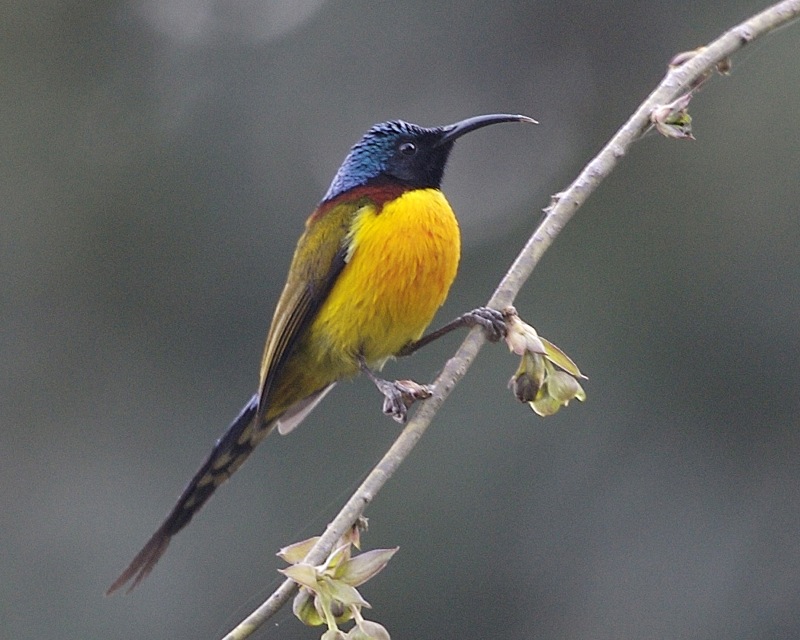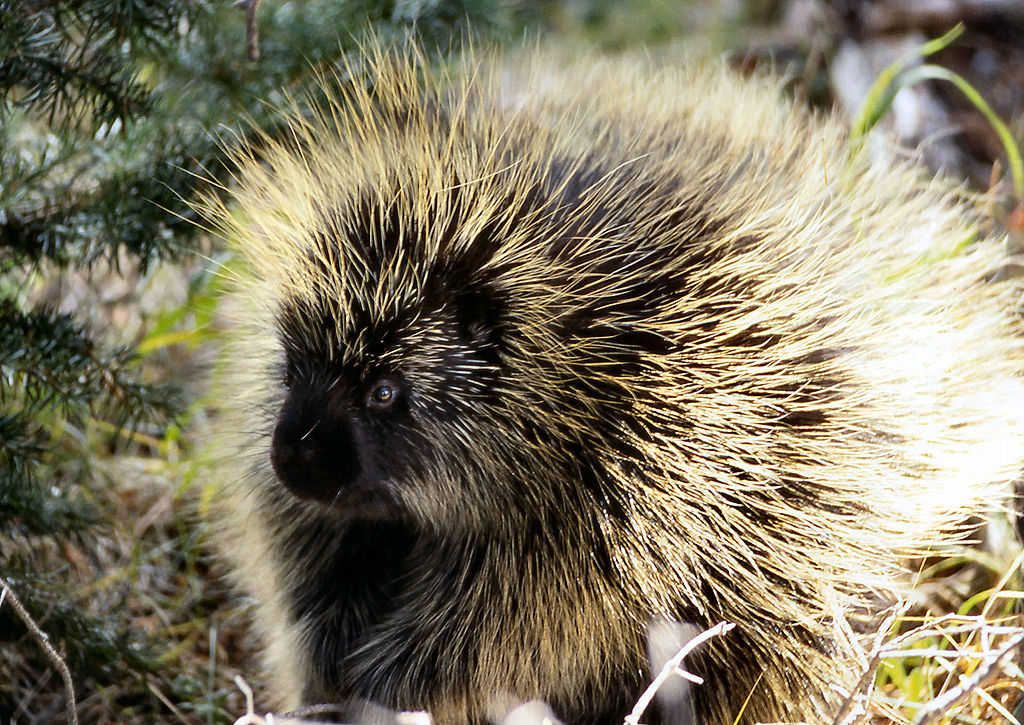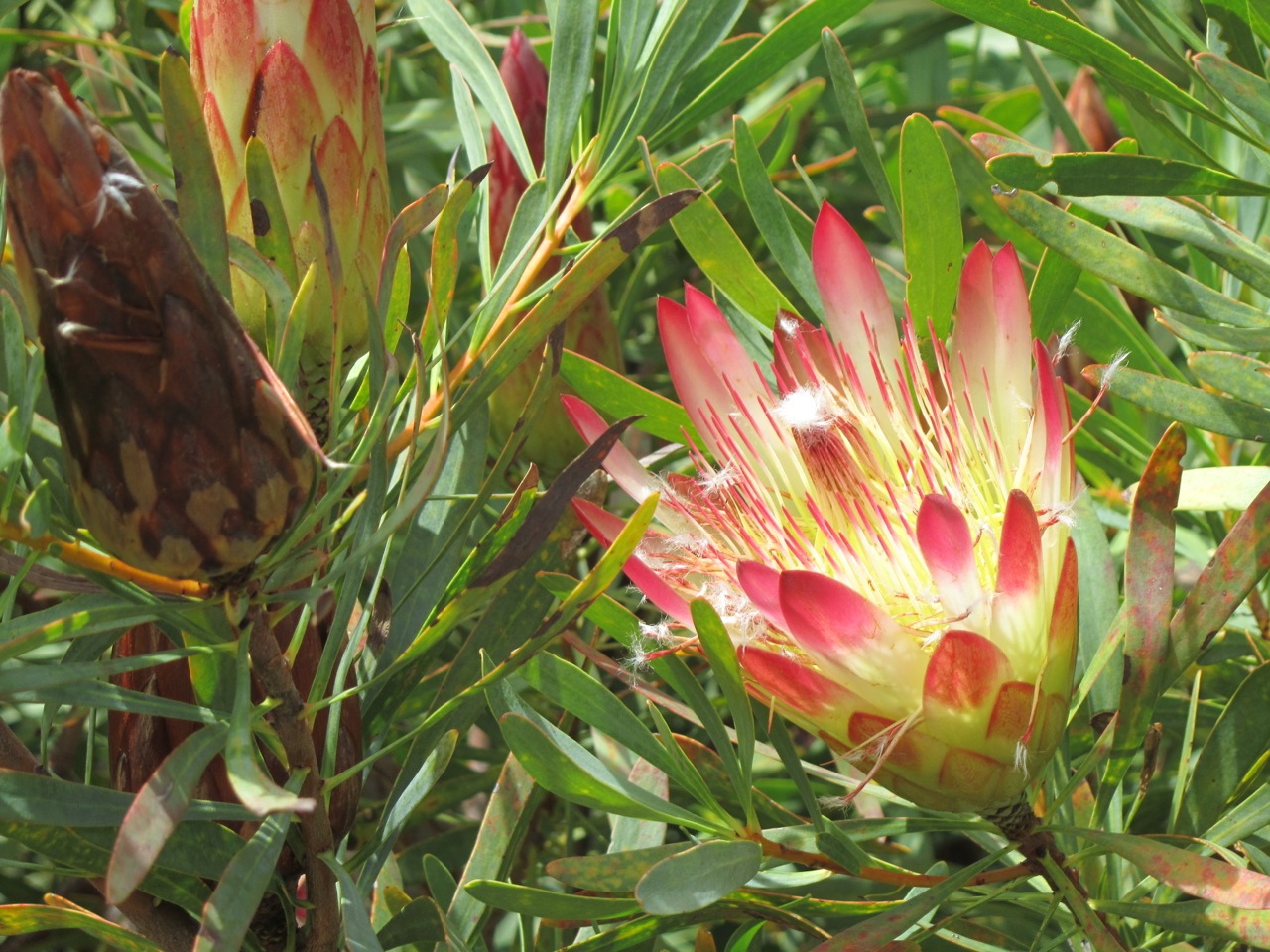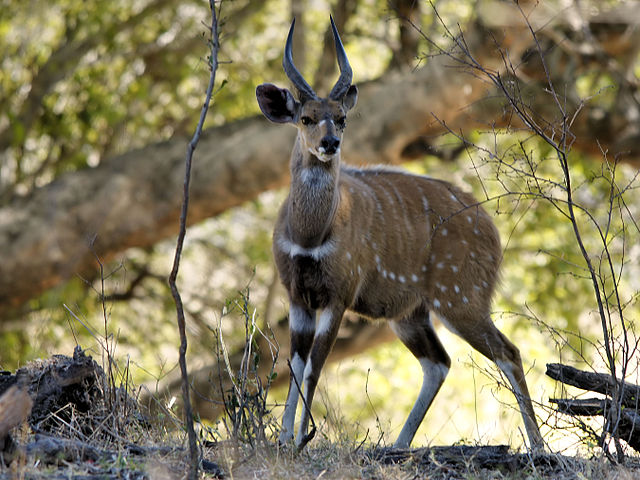MEDITERRANEAN FOREST, WOODLAND, AND SCRUB FOREST
LOCATIONS
5 regions host the ecoregions of this biome: The Mediterranean, South-Central and Southwestern Australia, the Fynbos in South Africa, the Chilean Matorral, and the Mediterranean ecoregions of California. The Fynbos and Southwest Australia shrublands have flora significantly more diverse than the other ecoregions. The Mediterranean Forests, Woodlands and Scrub Forests biome is composed of 34 ecoregions.
BASIC DESCRIPTION
Characterized by hot and dry summers, and cool and moist winters. Precipitation commonly occurs during winter months. The Mediterranean ecoregions are globally rare, yet house an extraordinary biodiversity. Most plants are fire adapted and depend on fire disturbance for their survival. The Fynbos in South Africa is considered a separate floral kingdom since approximately 68% of the vascular flora are endemics and distributed along only 90,000 square kilometers, some of which are considered narrow endemics meaning that some species only exist in a single location. Communities are highly sensitive to fragmentation, grazing, and both overburning and fire suppression, all of which are detrimental for the overall health of these areas. Invasive species spread with ease in these communities. Restoration is feasible with the appropriate management of fire, removal of exotics, and grazing protection
REPRESENTATIVE SPECIES
These ecoregions host a surprising level of biodiversity in their adapted flora and fauna. Most plants are adapted to fire and, in some areas, the propagation of certain species depend on it. The 5 ecoregions representing this biome harbor 10% of the Earth´s plant species. The Fynbos, with only 90,000 square kilometers is considered a separate floral kingdom since 68% of the 8,600 vascular plant species are endemic.
KEY DESIGN CONSIDERATIONS
Withstand regular fire events and allow fire to serve its purpose as a restorative force
Respect natural zoning areas defined by diverse soil typologies and vegetal cover
Promote biological corridors with adjacent properties
Promote water-based riparian habitats
Identify and deal with threats provoked by alien and invasive species








